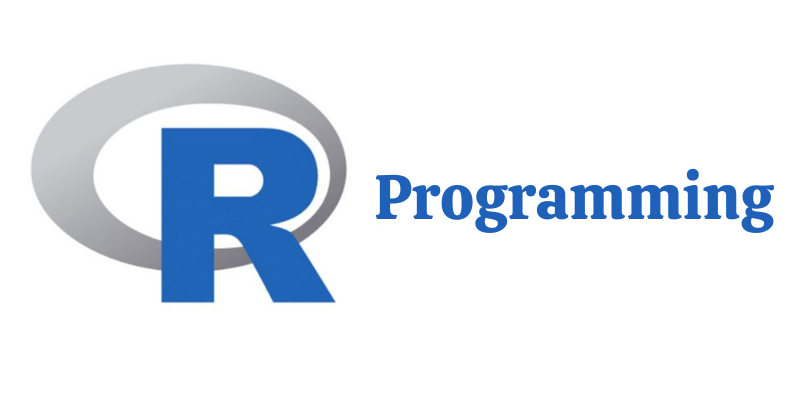
R Programming:
R programming language is a software background setup for database analysis, reporting, and graphical presentation. R programming was established at the Auckland University in New Zealand by Ross Ihaka and Robert Gentleman. R helps to find and analyze the database.
Join FITA Academy for the best R Programming Training in Chennai and learn from an expert in that specific field. Here in this blog, we describe the Functions of R Programming Language.
Why we Use R Programming:
R is an open-source programming language. It supports looping, branching, and modular use of the functions of modular programming.
R allows efficient integration with procedures written in C C++, Python, and Dot Net. R is typically available in General Public License, also collected binary performances of operating systems like Mac, Windows, and Linux.
Evaluation:
It made its first impression in 1993. A large number of people have contributed to R by sending the report of bugs. R allows the users to modify the R source code.
Functions of R Programming Language:
R programming helps manage all the statistical analysis and presentation of graphical data. The functions of R programming in the following.
- It is a well-developed, effective, and efficient programming language, which includes user-defined features, conditions with input or output capability.
- It has an effective flexibility and storage power that provides some technologies to operators to make calculations on lists, arrays, matrices, and vectors. Students in Bangalore can also enroll in the R Programming Training in Bangalore if it looks convenient for them.
- R language also offers a coherent, huge, and integrated set of tools for progressing.
- R programming presents techniques, an automation tool, visualization for the analysis process, which can be directly considered by the print paper on the computer.
Framework:
Tabular data objects are data frameworks. Apart from a matrix, each column and row in a data structure can combine various types of data. The primary column should be based on numeric types data, the secondary column combines characters, and the last column must be analytical. It is a collection of matrices of the same length.
Conclusion:
R is a broad open-source programming language. It is the first option for all data scientists and programming developers. This programming has widely enhanced its technologies and tools for better software. FITA Academy’s R Course in Chennai provides certification training with 100% placement assistance.